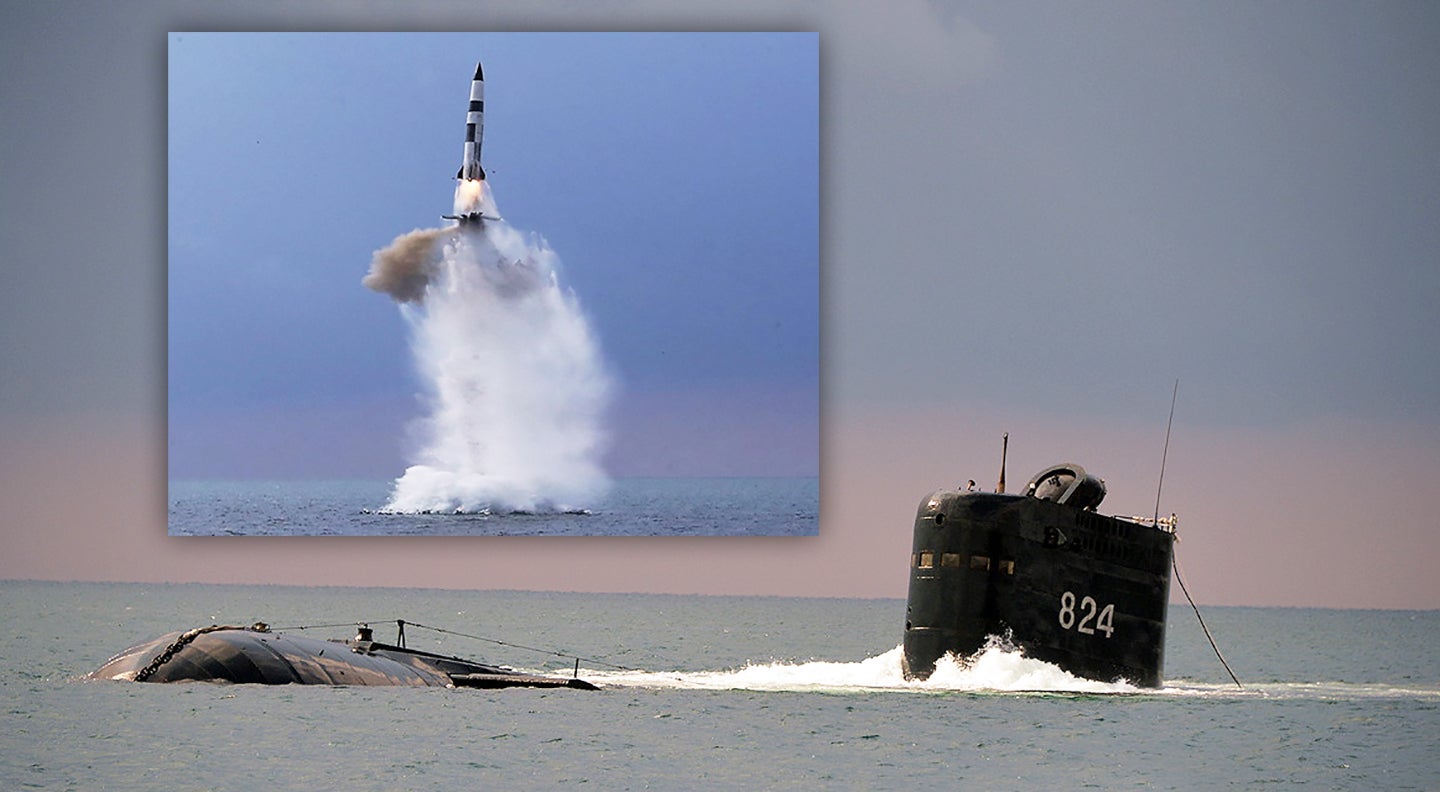North Korea says it has tested a new submarine-launched ballistic missile, or SLBM, which it claims has significant maneuvering capabilities. The existence of the weapon in question, which is significantly smaller than previous North Korean SLBM designs, looks to be one that was only publicly disclosed at an exhibition in Pyongyang last week. That weapon had already drawn considerable interest after that event, with there being some debate over whether it was an old, but previously unseen design or a new one that might be about to be tested.
The launch occurred on Oct. 19, 2021, and took place near North Korea’s main submarine hub at Sinpo on the country’s eastern coast. South Korean media reports said that the missile reportedly flew between 430 and 450 kilometers, or 267 to 280 miles, reaching an apogee of 60 kilometers, or around 37 miles, before landing in the East Sea. South Korean officials had earlier said that they believed the test had involved an SLBM, while their American counterparts had stated they were aware of the launch, but declined to say what type of missile might have been fired. Japanese Prime Minister Fumio Kishida also reportedly said that his country had assessed that the North Koreans had launched two missiles, which does not appear to have been the case.
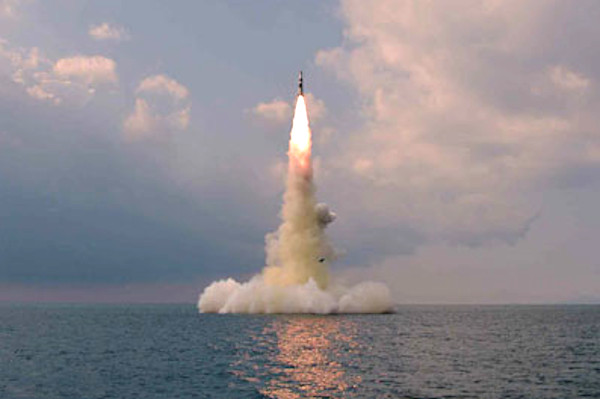
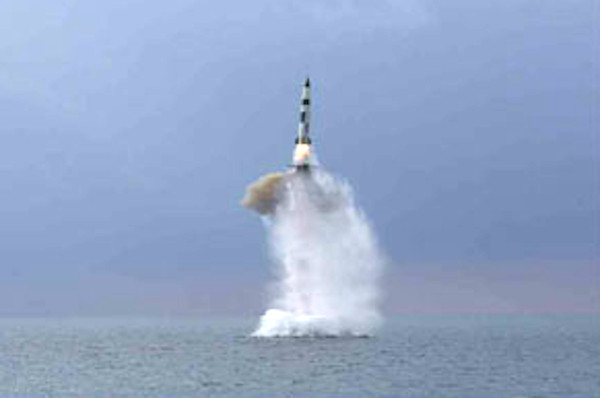
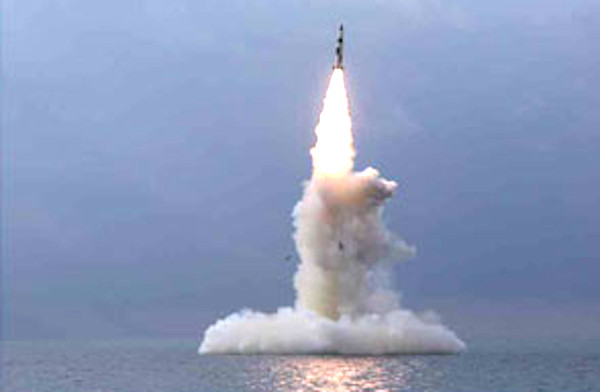
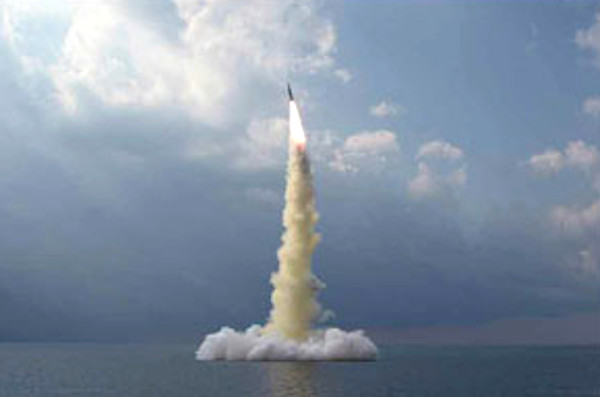
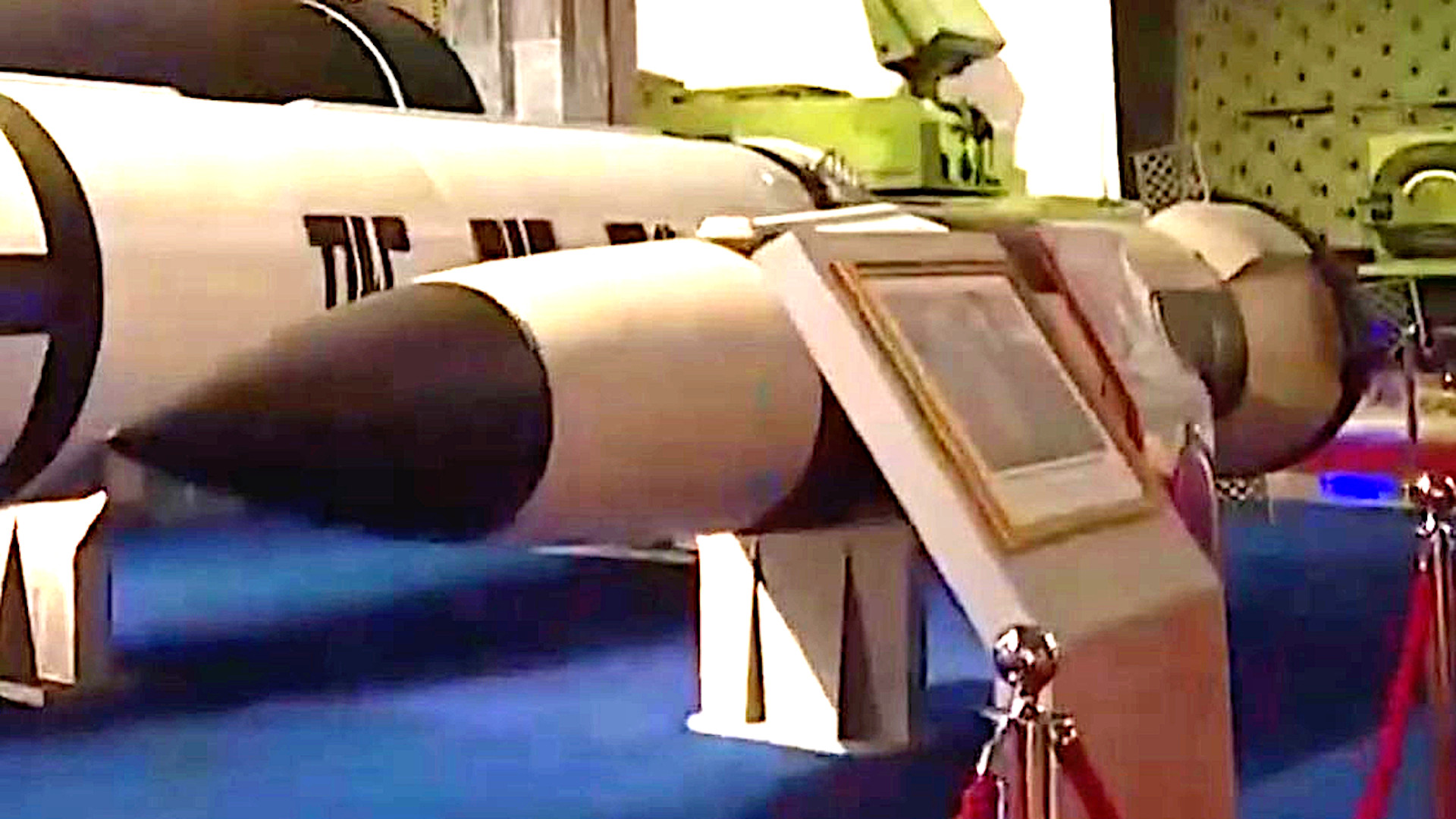
“The Democratic People’s Republic of Korea Defense Science Institute conducted a test launch of a new submarine-launched ballistic missile on the 19th,” according to an official announcement about the test from North Korea’s state media. “With the pride and honor of successfully launching the first submarine-launched strategic ballistic missile five years ago and successfully launching a new type of submarine-launched ballistic missile in the ‘Hero ship August 24’, which demonstrated the military strength of the Republic, it is proud and proud of its loyalty to the Party Central Committee. said to have reported.”
It’s not entirely clear how the missile in question was tested. North Korean state media released a picture of the country’s lone Gorae class submarine, which has been used for SLBM tests in the past, surfacing along with the pictures of the as-yet-unnamed weapon apparently being launched from underwater. The photograph of the submarine appeared to show its launch hatch in its sail open. At the same time, satellite imagery had also indicated that a barge at Sinpo that has been used for underwater SLBM test launches in the past might have been out to sea on Oct. 18.
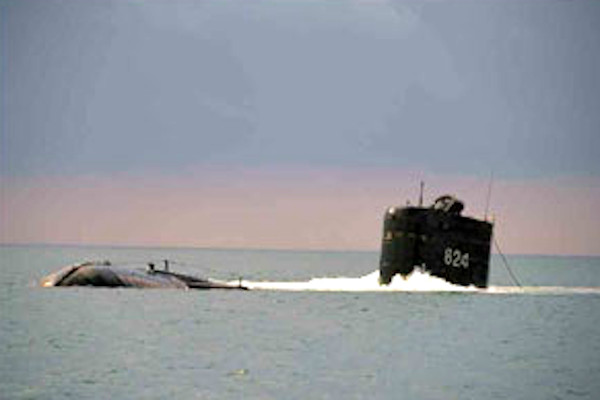
“The Academy of Defense Science announced that the new type of submarine-launched ballistic missile with many advanced control guidance technologies, including lateral maneuvers and glide jump maneuvers, will greatly contribute to the advancement of the nation’s defense technology,” North Korea state media added.
The North Koreans did not provide any additional details or imagery to substantiate those claims about the missile’s performance. The mention of a “glide jump maneuver” sounds likely to refer to what are often described as “porpoise” or “skip-glide” maneuvers, wherein the entire weapon or a separate reentry vehicle brakes by tipping its nose up, creating an irregular, step-down trajectory during the terminal phase of flight. This can offer a way to make course corrections, as well as to extend the weapon’s overall range, and to simply make it more difficult to intercept.
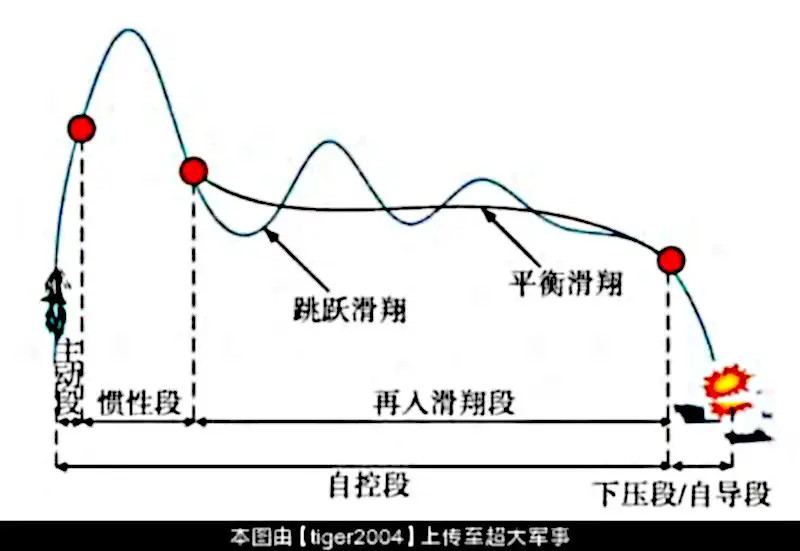
A maneuvering re-entry vehicle of some kind that detaches from the rest of the missile in flight might help explain Prime Minister Kishida’s statement that Japanese authorities had detected two missiles, rather than one, but that comment could also have just been in error. The North Koreans have publicly shown ground-launched ballistic missiles with what appear to be maneuvering warheads in the past.
Otherwise, this test would seem to confirm initial analysis that this missile has relatively short-range. The fact that the official North Korean state media release does not appear to describe this weapon as “strategic” raises the possibility that it could be conventionally armed or at least have the option of carrying a non-nuclear warhead. A conventionally-armed SLBM, just like one South Korea recently tested, could be valuable for striking hardened, high-value targets.
As The War Zone already noted when the missile first emerged publicly last week, its small size could allow for smaller North Korean submarines to be converted to fire it. It could offer larger North Korean types, such as the Gorae class boat or a Romeo class diesel-electric attack submarine that is being converted into a type capable of firing ballistic missiles, the ability to carry more such weapons at once, a well.

A more limited range compared to other North Korean SLBMs would not necessarily be a factor for engaging targets in South Korea or even possibly Japan. Multiple small submarines equipped with shorter-range SLBMs would enable more survivable strikes on various targets from different vectors, presenting additional challenges for the country’s opponents.
Regardless of the weapon’s capabilities, a test of a new North Korean SLBM is significant. This is the first North Korean SLBM test, at least that we know about, since 2019. The country also unveiled another new SLBM design, identified as the Pukguksong-5, which is larger than previous types, in January, but there are no reports that it has been tested to date.
As already noted, this test follows South Korea conducting the first trials of its own conventionally-armed SLBM from the first of its Dosan Ahn Changho class diesel-electric attack submarines in September. The two Koreas have otherwise been increasingly locked in an arms race, with both countries having disclosed tests, or at least publicly shown, a number of new ballistic and cruise missile designs in recent weeks. Just prior to this test, North Korea had claimed to have tested another missile carrying a hypersonic boost-glide vehicle.

This latest North Korean SLBM launch also came after Sung Kim, U.S. Special Envoy for North Korea, met with his South Korean counterpart Noh Kyu Duk, in Washington, D.C. Kim is due to travel to South Korea later this week where he is expected to talk further with officials there about potential ways to restart talks with the regime in Pyongyang on various issues, including its nuclear weapons and missile programs.
“The United States condemns the DPRK’s ballistic missile launch. These launches are a violation of multiple United Nations Security Council resolutions and are a threat to the region,” the U.S. State Department had said in an earlier statement to South Korea’s Yonhap news agency. “We call on the DPRK to refrain from further provocations and engage in sustained and substantive dialogue. Our commitment to the defense of the Republic of Korea and Japan remains ironclad.”
North Korean officials have recently shown some interest in talks, at least superficially, especially regarding humanitarian aid and potential sanctions relief. At the same time, North Korean leader Kim Jong Un made clear at the arms expo last week that his regime sees its continued arms buildup, and the testing that goes with it, such as this latest SLBM launch, as its fundamental right in the face of what he said was South Korean and American aggression.
UPDATE:
Hi-resolution images have been released. You can see the large endplate being blown off in the upper left image:
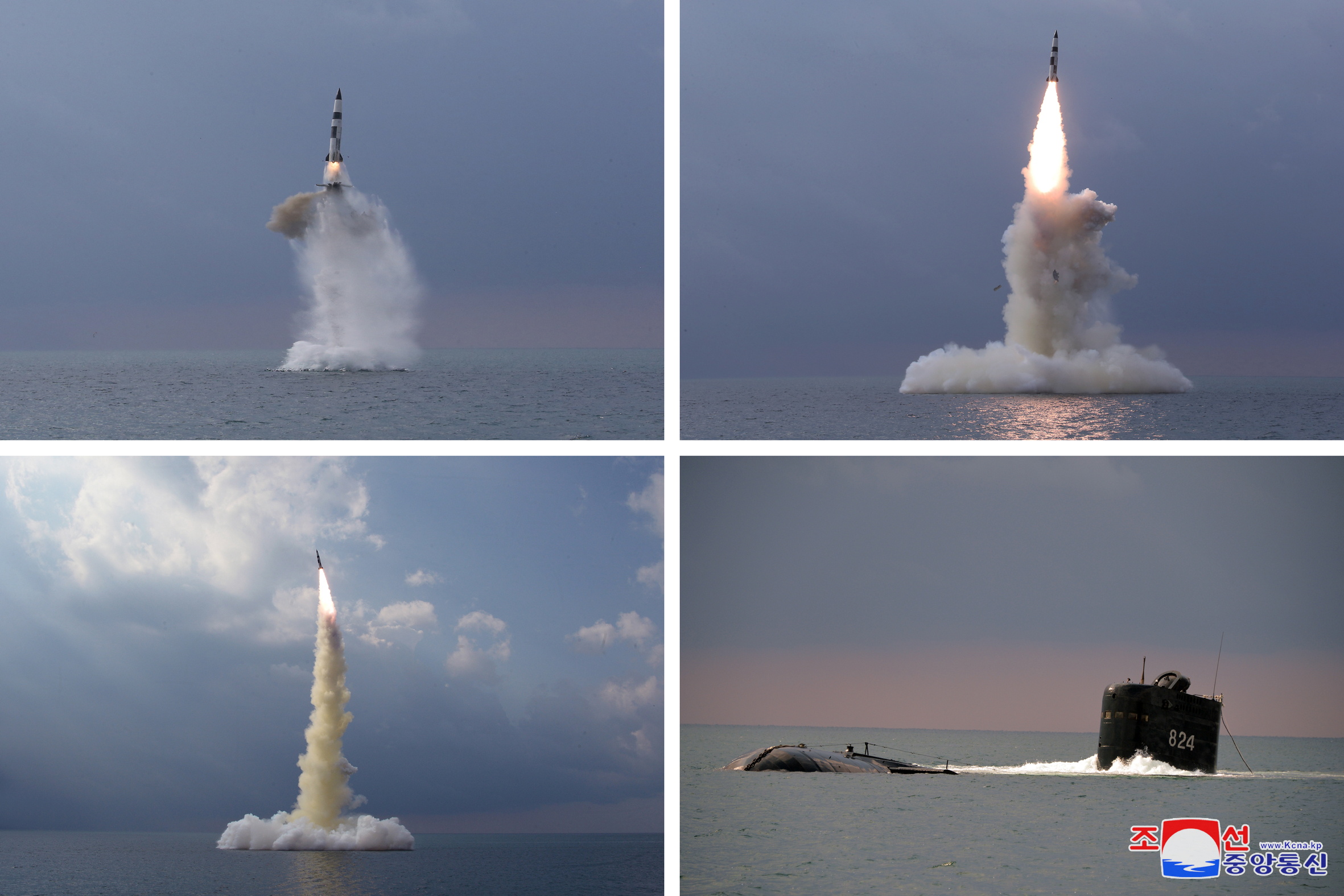
These higher resolution pictures provide a closer look at the missile itself, which has numerous external similarities to a ground-launched North Korean short-range ballistic missile known as the KN-23. The new North Korean SLBM may well be a submarine-launched derivative of the KN-23.
Contact the author: joe@thedrive.com
